Spring fertilization of cool season grass in transition zone
beckyinrichmond
6 years ago
Featured Answer
Comments (77)
User
6 years agobeckyinrichmond
6 years agoRelated Discussions
Warm or Cool season matter when selection of the best grass seed?
Comments (29)Taken last night, just for you. http://img26.imageshack.us/img26/1174/bermudafescuecomparison.jpg That brown grass on the top is bermuda as of yesterday. Not a green blade in sight. The grass adjoining that space is fescue and look how beautiful and dark green that is. Bermuda does not hold a candle to that color which is why fescue is used so much in professionally designed landscapes. Bermuda doesn't just "show the winter season" as you put it. It's brown in fall, winter and spring. And if it's dry summer, it's brown in summer. Heck, you're in Athens, you know it snowed here this week. Bermuda will not be green for some time to come. The only green bermuda you see is the lawns that have been taken over by weeds, which is most of them that haven't used pre-ermegent in the fall. Believe me, you don't want to be stuck with a brown, weed infested, ugly lawn while everyone else has a gorgeous lush fescue or thermal bluegrass lawn. You're in Athens,GA I'm sure you've heard of the term "Gnat line" being used. Well warm season grass is for areas "below the gnat line"....See MoreCool Season Grass in SC Midlands?
Comments (25)Texas, I'm 14 miles north of Augusta, GA. I have nothing but sand. Everyone here has bermuda or St. Augustine, or at least that is what the local nursery is pushing. I was thinking about possibly Emerald zoyzia, but its so late in the season, the only green in the lawn is weeds. At least the weeds are green and growing. It is brand new construction, and it was just sand when we bought it, but the builder put down tall fescue and last November, it grew in a little bit. But now, in June, it's all dead. I guess I will have to wait til next spring to see if I can plant some zoyzia plugs, I hear they like sand. God, lawns are alot of work, and money, and when it all dies, well, sometimes you just have to admit defeat. Your right, I can't grow tall fescue. All the zoyzia plugs of Emerald are all sold out now. There's always next year, right? Drats!...See MoreHelp me select a seed mix of cool season grasses
Comments (3)In Wyoming, zone 3, I would probably discourage using PR or TTTF if you have very cold winters. TTTF and PR can suffer cold kill in very low temps. Also if you have a lot of snow cover, then TTTF will probably have snow mold every year, which can also kill areas of turf. Fine fescues are very hardy once established, requiring little in the way of fertilizer or water but dormancy can be expected in hot, dry summers. If you go that route then I would probably use mostly creeping red fescue as it spreads, but be sure and get a named cultivar, not boreal which is actually common CRF. Kentucky bluegrass is also a good choice, but for your area you would need to choose a cultivar(s) that have very good spring green up and good cold tolerance. Many cultivars that do very well in lower latitudes will be dormant well into spring in your climate. -Can I mix a tall fescue mix with a fine fescue mix for more diversity or would this create all sorts of problems? You can mix most grasses, but you may not like how they look, and again, TF might have issues with cold kill/snow mold. -Will the KBG eventually out compete the Tall Fescues in the Defiance mix? No, but any areas of TF that die will probably fill in with KBG and or weeds, so over time you might have a predominantly KBG lawn. -Is it a problem or a benefit to have the perennial rye mixed in with the fine fescues? I have read perennial rye needs more water and fertilizer than fine fescues. Most seed mixes have some PR in them. The main reason is because it acts as a nurse grass, and makes consumers happy because they see germination in such short order. Unfortunately PR grows very fast when mature, and will not give you a consistent lawn. It does require more water and fertilzer than CRF too, as well as more frequent mowing....See MoreWhen Should You Fertilize Cool Season Grasses
Comments (2)Organic fertilizers like Milorganite take 3 weeks to show results, so now would be fine. Yes, the idea is to delay spring feeding until after the initial flush of new growth. All the popular commercially bagged and feed store grain type organic fertilizers can be used any day of the year. They are a biological supplement that helps feed the beneficial soil microbes. The microbes then feed the plants. It is completely different from the way chemical fertilizers work....See Morebeckyinrichmond
6 years agotarheelsol
6 years agobeckyinrichmond
6 years agotarheelsol
6 years agobeckyinrichmond
6 years agotrickyputt
6 years agobeckyinrichmond
6 years agotrickyputt
6 years agolast modified: 6 years agobeckyinrichmond
6 years agotrickyputt
6 years agolast modified: 6 years agoUser
6 years agotarheelsol
6 years agotrickyputt
6 years agobeckyinrichmond
6 years agoUser
6 years agobeckyinrichmond
6 years agobeckyinrichmond
6 years agotrickyputt
6 years agobeckyinrichmond
6 years agobeckyinrichmond
6 years agoUser
6 years agotrickyputt
6 years agolast modified: 6 years agodchall_san_antonio
6 years agoUser
6 years agotarheelsol
6 years agobeckyinrichmond
6 years agotrickyputt
6 years agolast modified: 6 years agoUser
6 years agolast modified: 6 years agoUser
6 years agobeckyinrichmond
6 years agotarheelsol
6 years agoUser
6 years agoUser
6 years agotarheelsol
6 years agotrickyputt
6 years agoUser
6 years agoUser
6 years agobeckyinrichmond
6 years agoUser
6 years agobeckyinrichmond
6 years agoUser
6 years agotarheelsol
6 years agobeckyinrichmond
6 years agotrickyputt
6 years agoUser
6 years agotrickyputt
6 years agoUser
6 years ago
Related Stories

GARDENING GUIDESGet on a Composting Kick (Hello, Free Fertilizer!)
Quit shelling out for pricey substitutes that aren’t even as good. Here’s how to give your soil the best while lightening your trash load
Full Story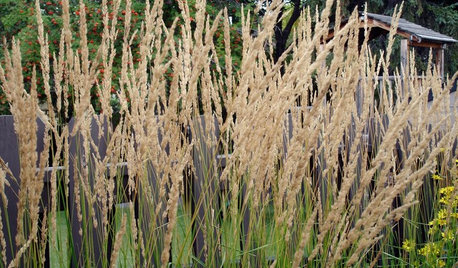
GARDENING AND LANDSCAPING5 Hot Cool-Season Grasses
Chill out this spring with resilient grasses that will kick-start your garden and may just last all year
Full Story0
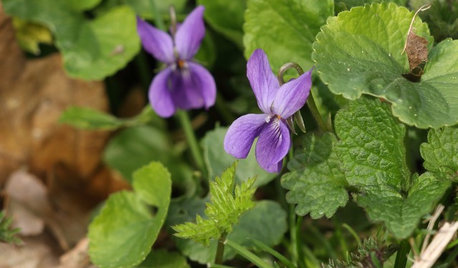
FLOWERS AND PLANTSSpring Is the Season for Sweet Violets
These delicate old-fashioned plants will nestle nicely into a shady spot in your landscape or rock garden
Full Story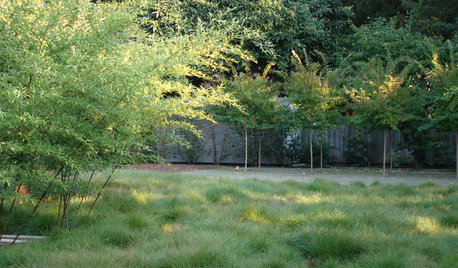
LANDSCAPE DESIGNA Guide to the Grasses Available for Nontraditional Lawns
New grass mixes are formulated to require less water and less fertilizer
Full Story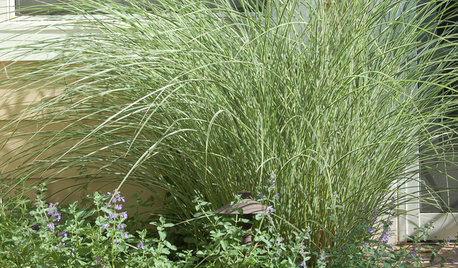
GARDENING AND LANDSCAPING5 Smokin' Warm-Season Grasses
Beat the heat with beautiful grasses that help your landscape shine from summer through fall
Full Story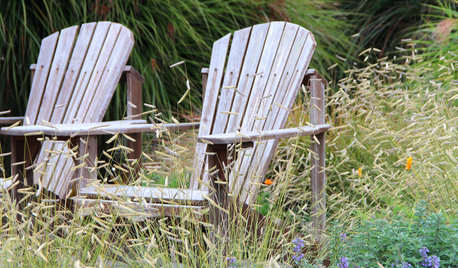
GARDENING GUIDES10 Ornamental Grasses to Plant This Fall
Add interest to your garden with these popular warm-season and cool-season varieties
Full Story
CENTRAL PLAINS NATIVE PLANTS10 Top Grasses for the Central Plains
Low-maintenance grasses provide seasonal interest and wildlife habitat, and aid good design
Full Story
GRASSES10 Ways to Use Ornamental Grasses in the Landscape
These low-maintenance plants can add beauty, texture and privacy to any size garden
Full Story
GARDENING GUIDES5 Great Grasses for a New Lawn
Learn about maintenance, wear tolerance, ideal climate and more for these top turf choices to pick the right one for you
Full Story
GARDENING GUIDESGreat Design Plant: Purple Needle Grass, California’s State Grass
The long-lived, drought-tolerant Stipa pulchra is as admired for its benefits as for its good looks
Full Story


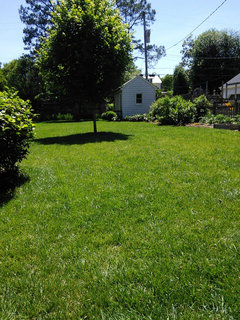
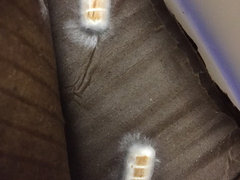

User